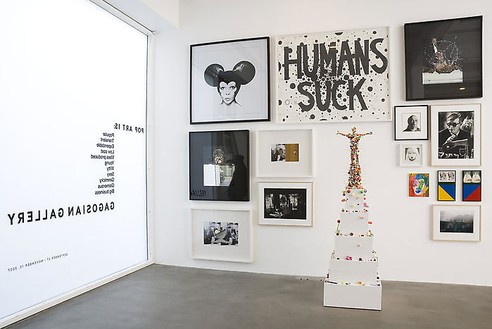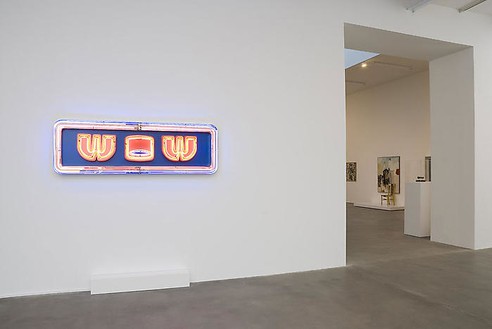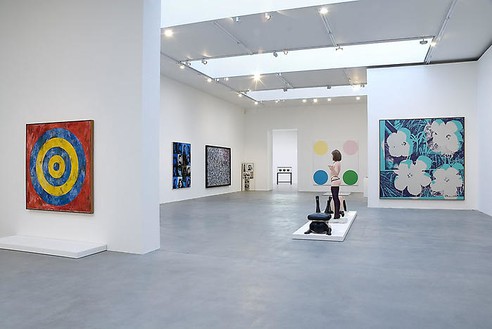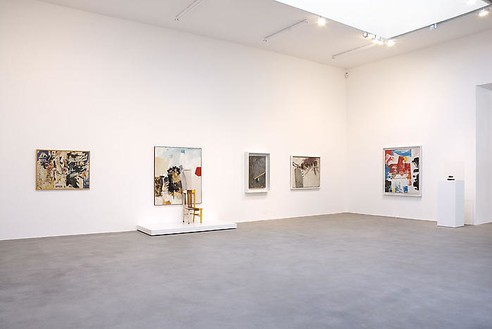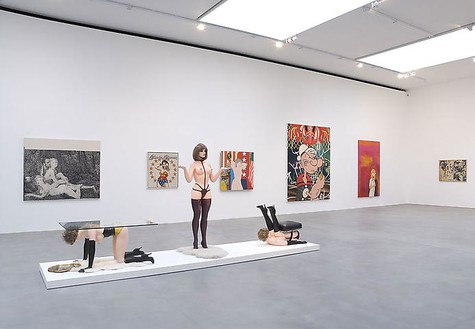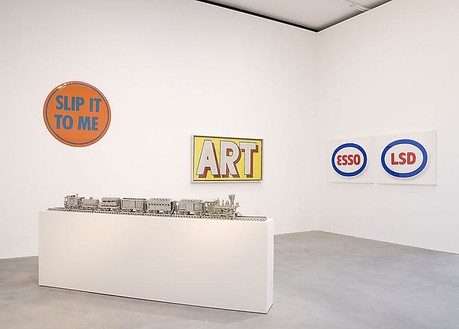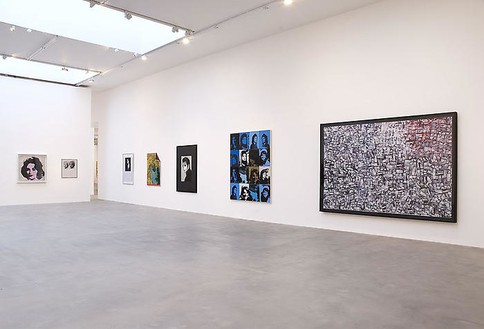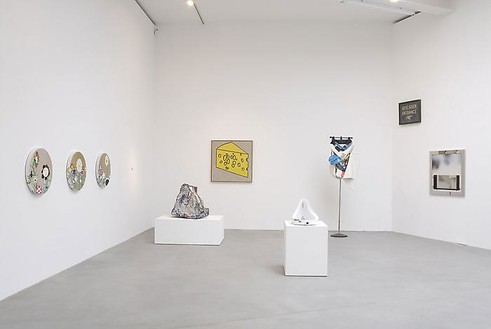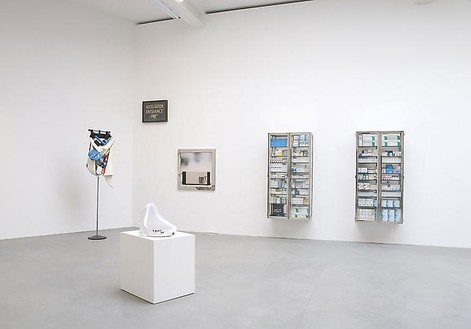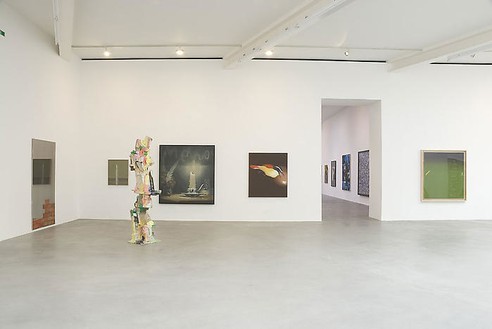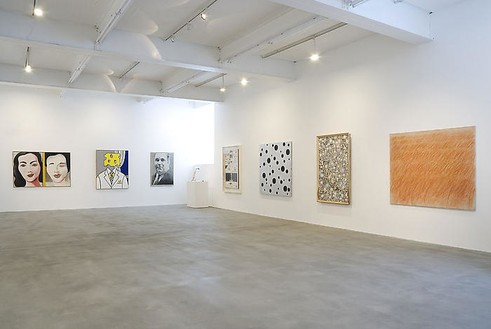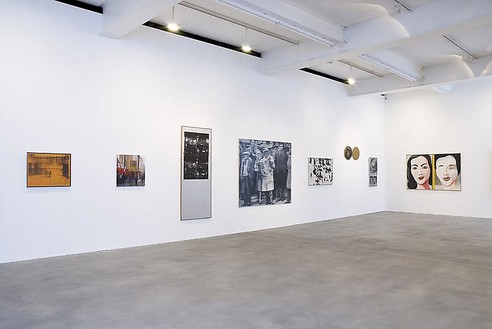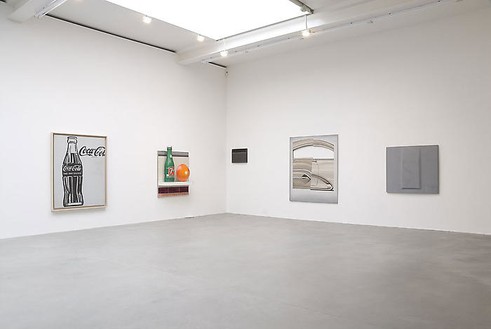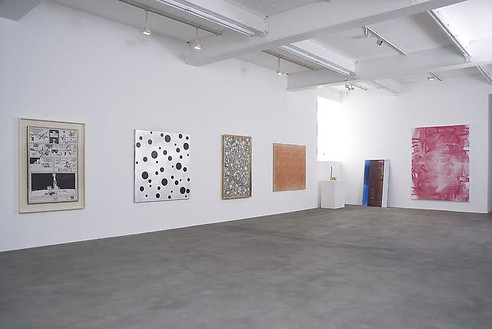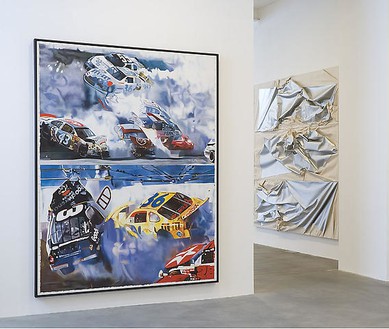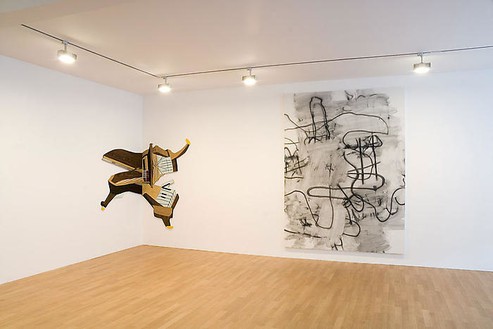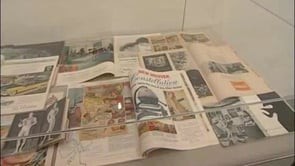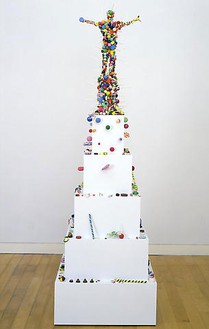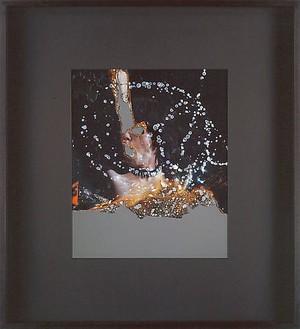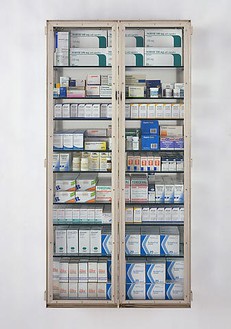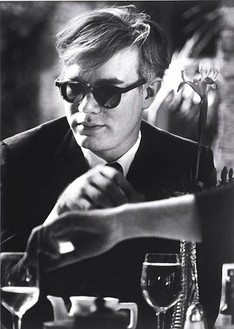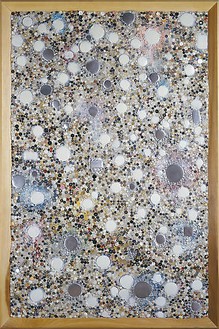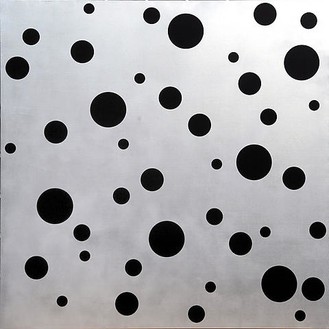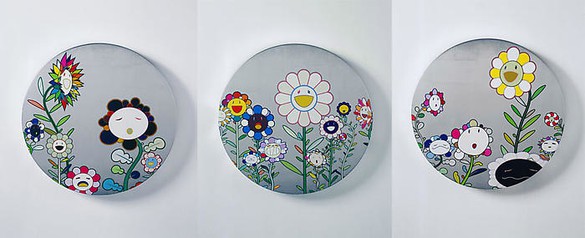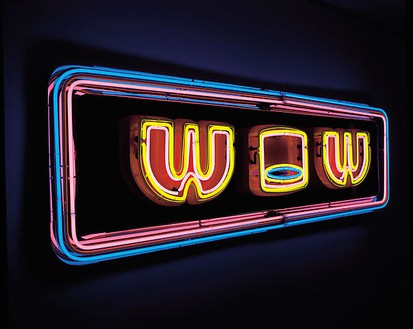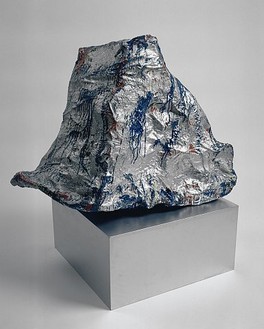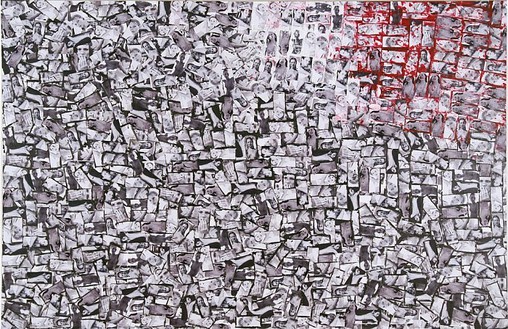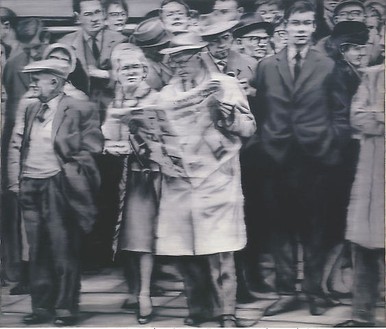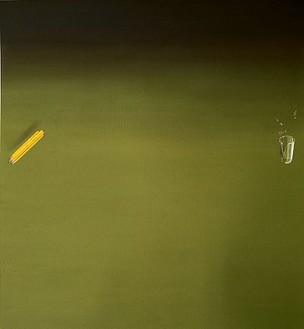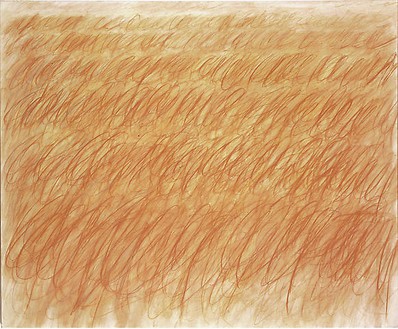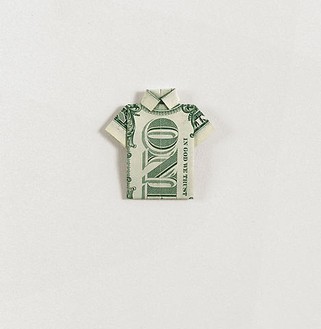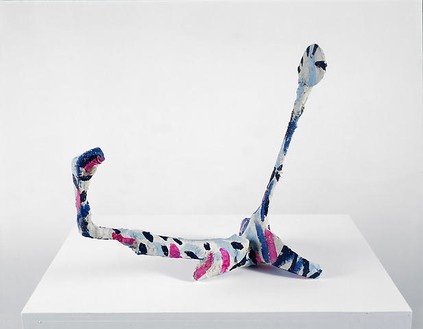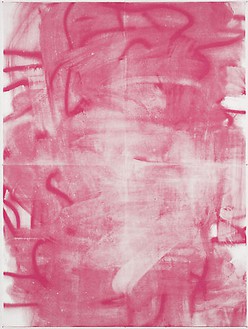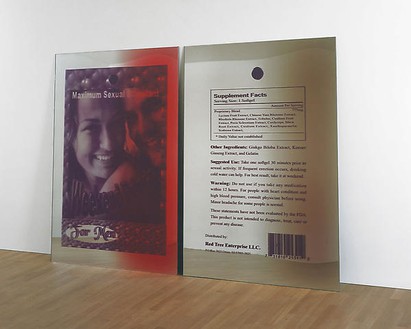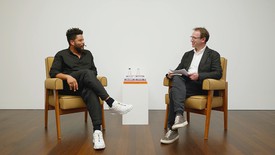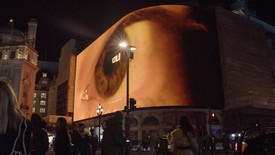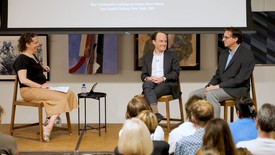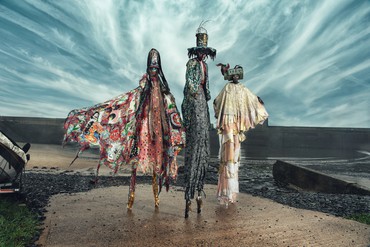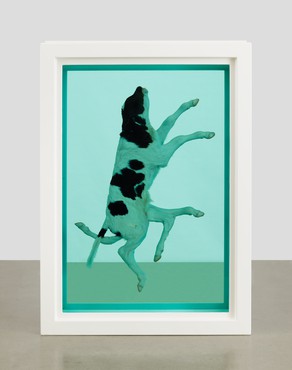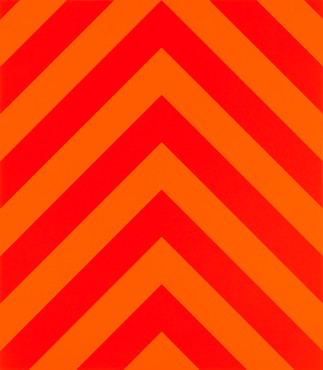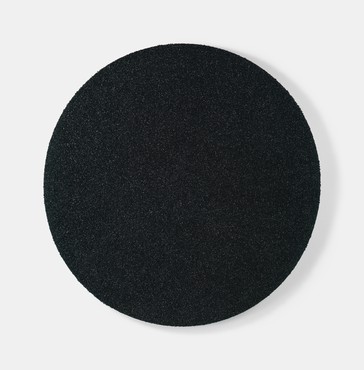About
Pop Art is: Popular (designed for a mass audience), Transient (short term solution), Expendable (easily-forgotten), Low cost, Mass produced, Young, Witty, Sexy, Gimmicky, Glamorous, Big Business. . .
This is just the beginning. . .
—Richard Hamilton, 1957
Gagosian is pleased to present a major exhibition to mark the fiftieth anniversary of Richard Hamilton’s visionary definition of Pop art. Hamilton’s seminal role in this movement has been widely acknowledged, and this exhibition includes artists of his generation as well as many others who have contributed to the development and dissemination of Pop over the last fifty years.
Pop art crossed all boundaries between high and low culture to produce many of the twentieth century’s iconic images. Artists around the world radically transformed painting and sculpture, according the same importance to the everyday and the mass-produced that had previously been the reserve of the epic and the unique. Andy Warhol’s vision of the role of art in modern society and the democratization of art production were set in motion as artists took images from advertising, Hollywood, comic books, and industrially designed products to address issues such as class, political change, and consumer culture. Whether they borrowed in a celebratory or critical spirit, Pop artists encouraged a new contemporary sensibility through their fresh perception of visual, cultural, and commercial icons. Pop represented a sudden and dramatic expansion of often-contradictory possibilities, which has been one of the main reasons for its continued influence on subsequent generations of artists.
This exhibition allows us to consider the ways in which artists, past and present, respond to constantly changing ideas about what Pop art is. It presents the rise of Pop art, and its establishment as a major force in contemporary art, through works by more than forty artists, from the first generation of Pop artists—including Hamilton, Jasper Johns, Yayoi Kusama, Roy Lichtenstein, Claes Oldenburg, Robert Rauschenberg, Ed Ruscha, and Warhol—to subsequent generations of artists who have traced and extended Pop art’s varied legacies, including Rachel Harrison, Damien Hirst, Mike Kelley, Jeff Koons, Nate Lowman, Takashi Murakami, Richard Prince, and others. In this highly engaging artistic dialogue, methods of seriality and repetition, the use of synthetic materials as well as media images, and references to mass production are visible proof that the concept of Pop is still vital in contemporary art.

Douglas Gordon: To Sing
On the occasion of Douglas Gordon: All I need is a little bit of everything, an exhibition in London, curator Adam Szymczyk recounts his experiences with Gordon’s work across nearly three decades, noting the continuities and evolutions.
In Conversation
Oscar Murillo and Ben Luke on Franz West
In conjunction with Franz West: Papier, the gallery’s presentation of paper-based works by Franz West at Frieze Masters 2023, artist Oscar Murillo and arts writer, critic, and broadcaster Ben Luke sit down to discuss Murillo’s collaboration in selecting the works on view, as well as his personal experiences meeting the late artist in London.
In Conversation
Irving Blum and Dorothy Lichtenstein
In celebration of the centenary of Roy Lichtenstein’s birth, Irving Blum and Dorothy Lichtenstein sat down to discuss the artist’s life and legacy, and the exhibition Lichtenstein Remembered curated by Blum at Gagosian, New York.
Douglas Gordon: if when why what
Douglas Gordon took over the Piccadilly Lights advertising screen in London’s Piccadilly Circus, as well as a global network of screens in cities including Berlin, Melbourne, Milan, New York, and Seoul, nightly for three minutes at 20:22 (8:22pm) throughout December 2022, with his new film, if when why what (2018–22). The project was presented by the Cultural Institute of Radical Contemporary Art (CIRCA) in conjunction with the exhibition Douglas Gordon: Neon Ark at Gagosian, Davies Street, London.
In Conversation
Daniel Belasco and Scott Rothkopf on Roy Lichtenstein
Gagosian and the Art Students League of New York hosted a conversation on Roy Lichtenstein with Daniel Belasco, executive director of the Al Held Foundation, and Scott Rothkopf, senior deputy director and chief curator of the Whitney Museum of American Art, New York. Organized in celebration of the centenary of the artist’s birth and moderated by Alison McDonald, chief creative officer at Gagosian, the discussion highlights multiple perspectives on Lichtenstein’s decades-long career, during which he helped originate the Pop art movement. The talk coincides with Lichtenstein Remembered, curated by Irving Blum and on view at Gagosian, New York, through October 21.
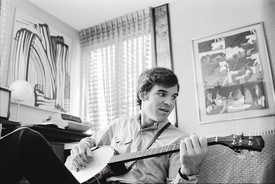
Roy and Irving
Actor and art collector Steve Martin reflects on the friendship and professional partnership between Roy Lichtenstein and art dealer Irving Blum.
